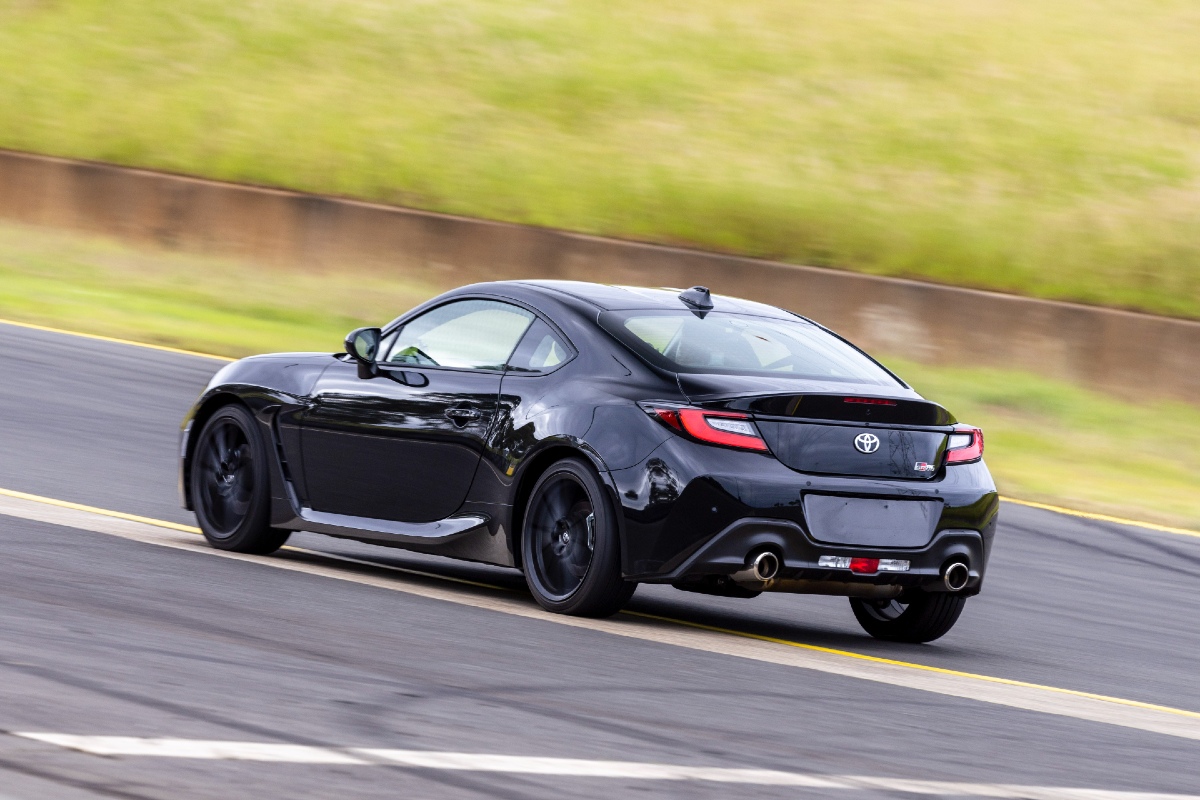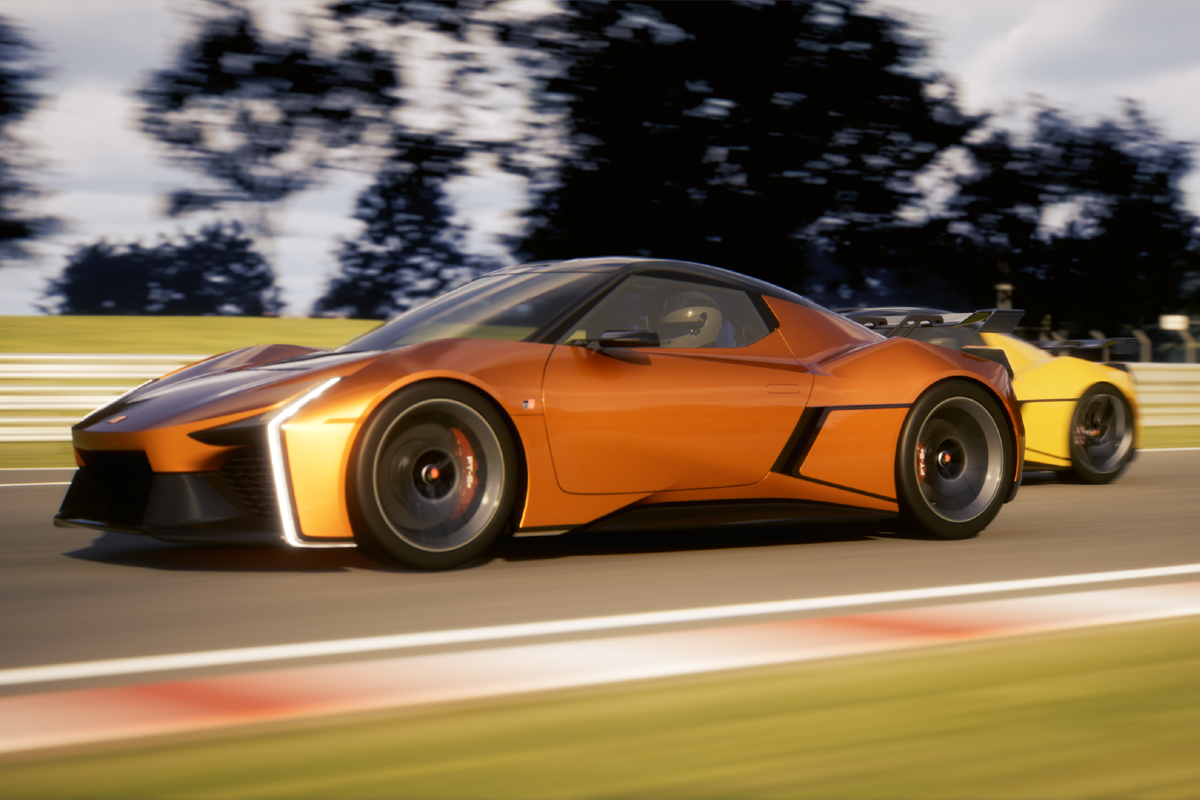
I once sat at the Fuji Speedway media centre and heard about Toyota’s plans to make the Prius an exciting car to drive. Speaker after speaker explained how the Japanese automotive giant was going to turn the equivalent of automotive valium into something driving enthusiasts would choose over an alternative.
I’ll admit, I was skeptical.
I’m happy to admit, my skepticism was unfounded. Toyota not only made the Prius more interesting to drive, it has made all of its cars more interesting to drive. The Toyota New Global Architecture (TNGA) wasn’t a singular platform, like Volkswagen’s ‘MQB’, it was an idea, an ethos, a way of building cars that would be exciting and engaging.
It was spread like wildfire across the brand’s models, everything from the Yaris Cross to the LandCruiser drives with more verve than their predecessors. Even the Camry, the much-maligned poster child for the brand’s ‘whitegoods on wheels’ era, is no longer dull to drive.

In short, Toyota became cool.
When it launched the 86 back in 2012 it made it clear that it meant business about changing its image, even if it was always going to be more niche than the plans for the Prius and the broader range. The 86 demonstrated that there was still a market for an affordable performance car and, perhaps more importantly, people were still willing to consider Toyota a performance brand.
The evolution of Gazoo Racing from a side-project for company Chairman (and then CEO) Akio Toyoda to a full-blown performance sub-brand has been a key part of this growth.
The launch of the GR Supra, second-generation GR 86 and the introduction of the GR Yaris and GR Corolla hot hatches have all cemented Toyota’s unlikely position as one of the coolest and most driving enthusiast supportive brands in the world.
But is Toyota about to go too far?

For years there have been rumours of Toyota wanting to complete the so-called ‘three brothers’ trilogy of 86, Supra and either Celica or MR2. While Toyota has never made any official commitment to bringing back the Celica or MR2 multiple executives have teased it and in late 2024 it released an episode of its animated YouTube series, Grip, which featured a list consisting of: ‘Supra Mk6’, ‘Celica Mk8’, ‘MR2 Mk4’, ‘GR86 Mk3’ and ‘GR GT3’.
So, if these rumours are true, and both the Celica and MR2 are coming back, and the GR GT3 ends up being a Toyota (although a Lexus looks more likely), then will the brand be able to sustain so many, very likely low-volume, performance cars.
As ridiculous as it sounds – could Toyota become too cool for its own good?
While the introduction of the 86, Supra and the hot hatches have all been welcome and the arrival of the Celica, MR2 and GR GT3 are all potentially exciting, how many performance cars is enough? And how many is too many?

Seven performance cars is huge, even for a brand as big and diverse as Toyota. Especially if the latest reports from Japan, that the Celica will be a mid-engined sports car, are true, as that would seemingly undermine the mid-engined MR2 – although there have been reports that the MR2 will be electric or at least a hybrid.
Even so, seven sporty models will be difficult to make a sales success, and if one or more flopped it could undermine the team inside Toyota that has done such great work turning its image around.
Of course, the truth is, as a die-hard driving enthusiast I’m happy for Toyota to launch as many performance cars as it thinks it can get away with. Especially as none of them are SUVs amid the slow disappearance of non-SUV performance cars.
I sincerely hope Toyota does launch all of these rumoured new models and I hope they’re all a success. If being too cool and having too many performance cars becomes a ‘problem’ for Toyota then it will be a good day for the brand.
And hopefully, if they do succeed, even just some of them, it will inspire other mainstream brands to dive back into the affordable performance market.













Discussion about this post